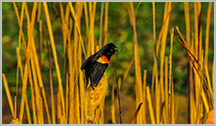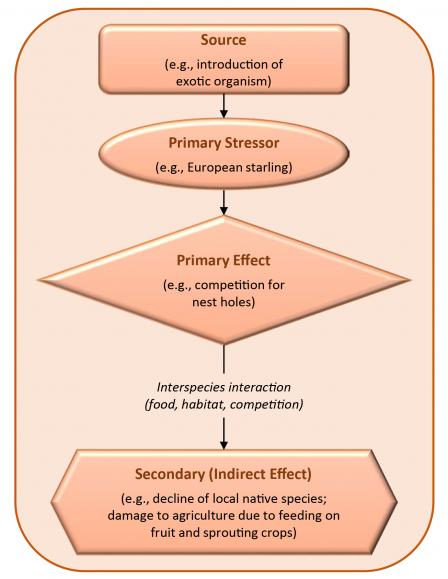EPA EcoBox Tools by Stressors - Biological
Overview

Examples of biological stressors include:
- Introduction of non-native or exotic species
 non-native or exotic speciesAny introduced species that is not native to a region. Exotic species are not always considered a nuisance or invasive. (e.g., zebra mussels in the Great Lakes)
non-native or exotic speciesAny introduced species that is not native to a region. Exotic species are not always considered a nuisance or invasive. (e.g., zebra mussels in the Great Lakes) - Introduction of genetically engineered organisms (e.g., Rhizobia sp. engineered for enhanced nitrogen fixation; disease-resistant crops)
- Pathogens such as bacteria and fungi that cause disease (e.g., Dutch elm disease)
For biological stressors, exposure analysis may evaluate entry, dispersal, survival, and reproduction of the biological stressor. Species' population dynamics and species interactions may also be important considerations. Because biological stressors can reproduce, interact with other organisms, and evolve over time, exposure and effects can be difficult to quantify. Life-history data of interest might include temperature and substrate preferences, important predators, competitors or diseases, habitat needs, and reproductive rates (U.S. EPA 1998).
Tools
Tools that are applicable to conducting ERAs for biological stressors are provided below.


